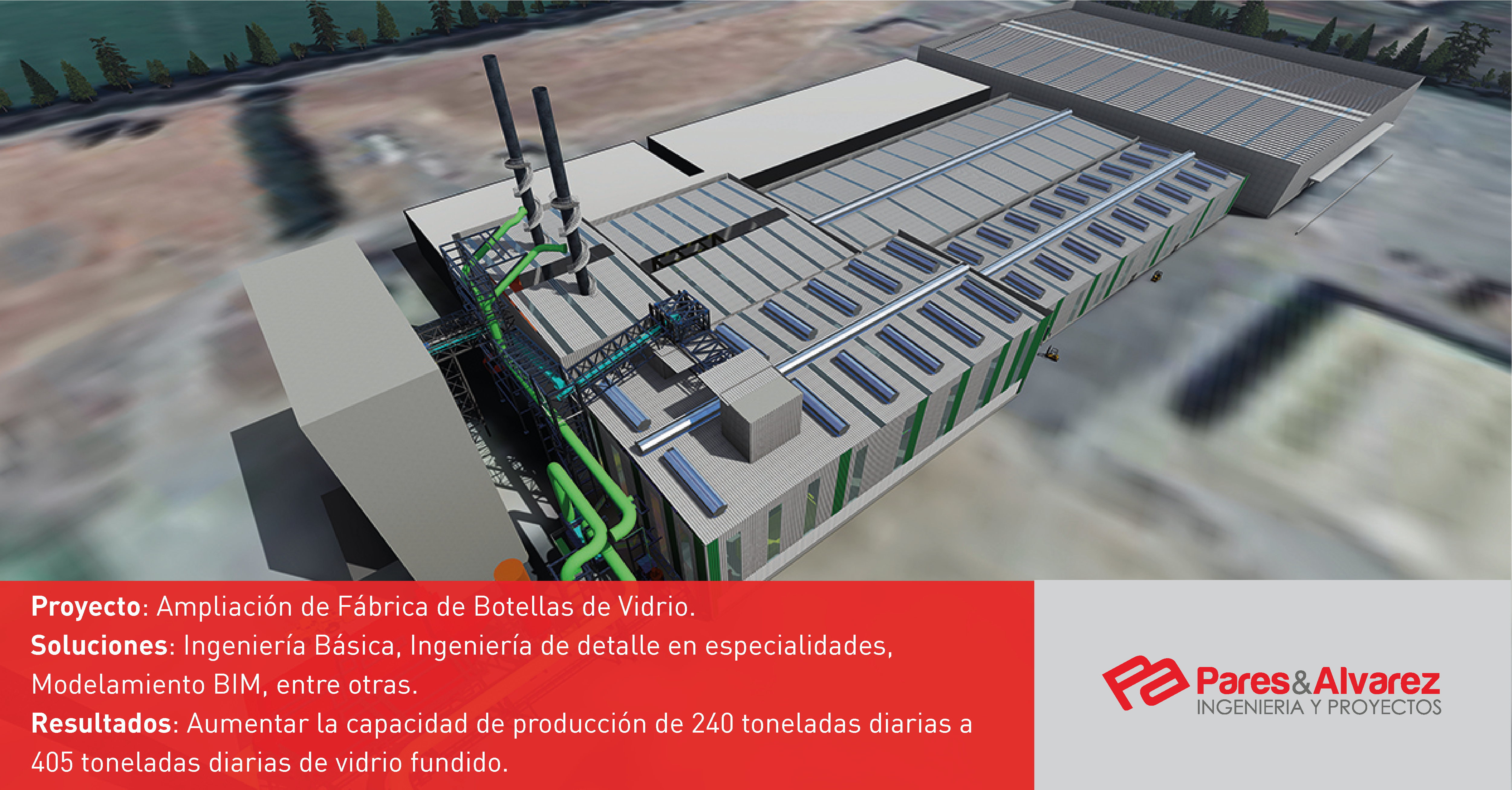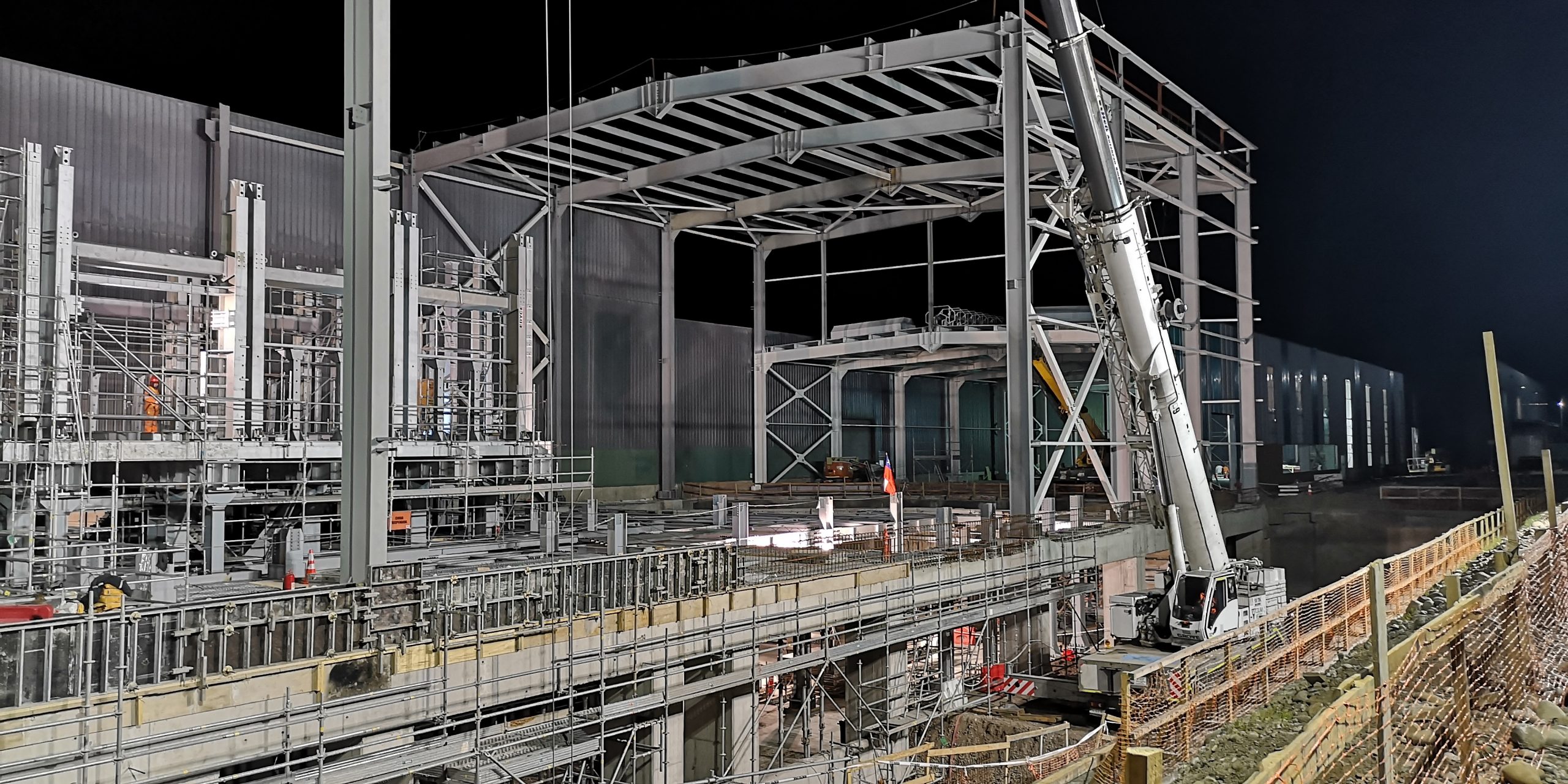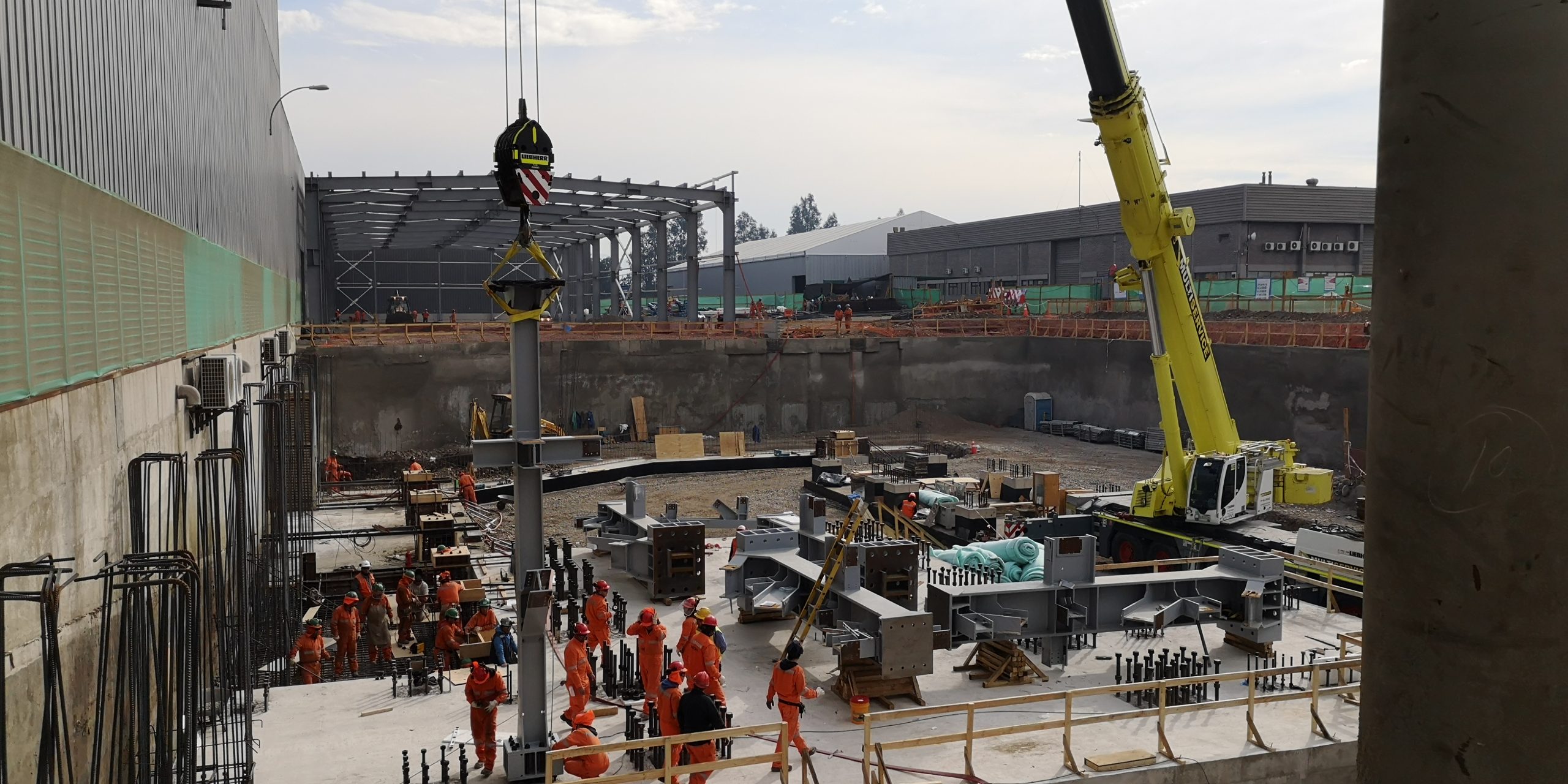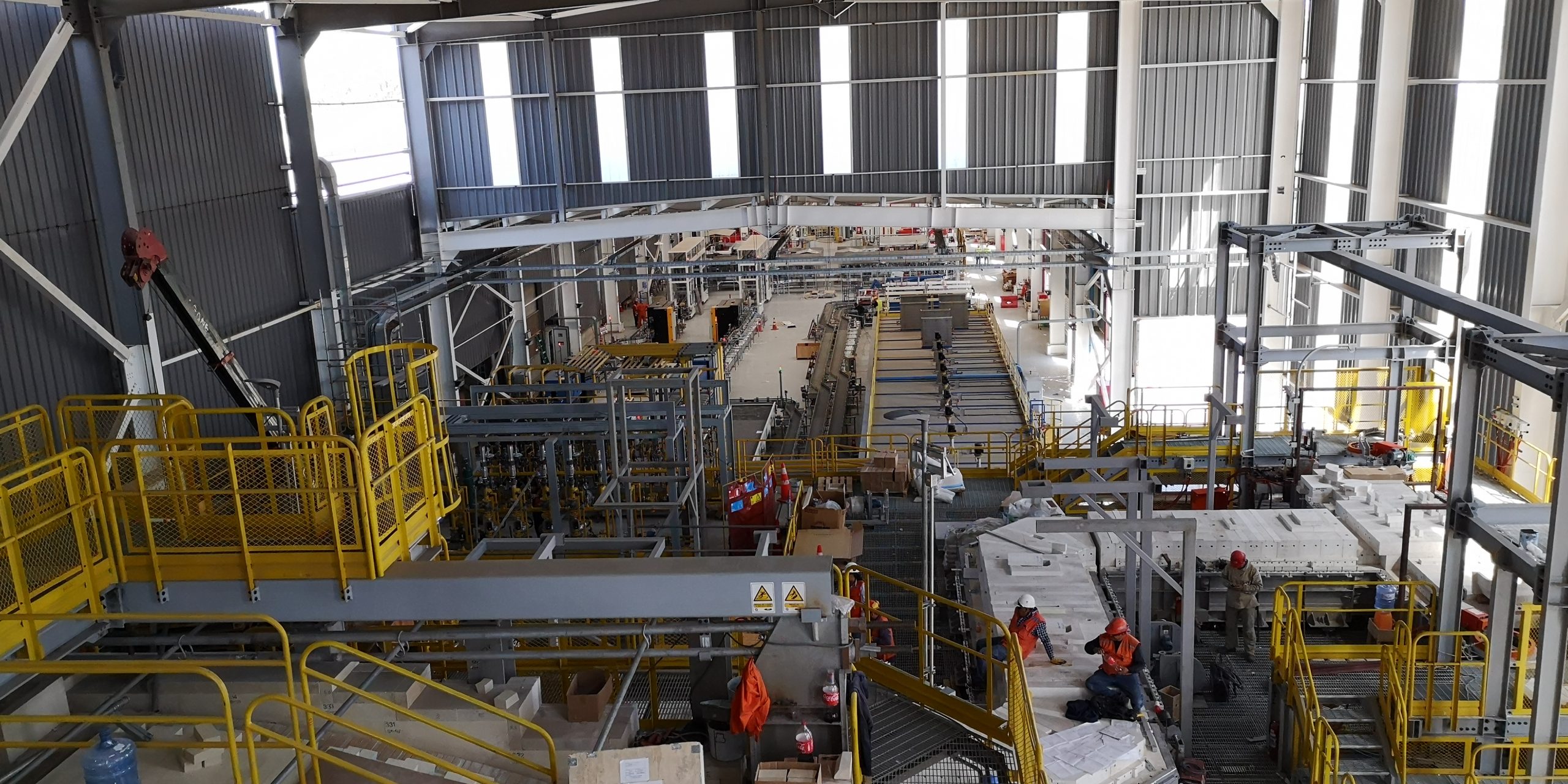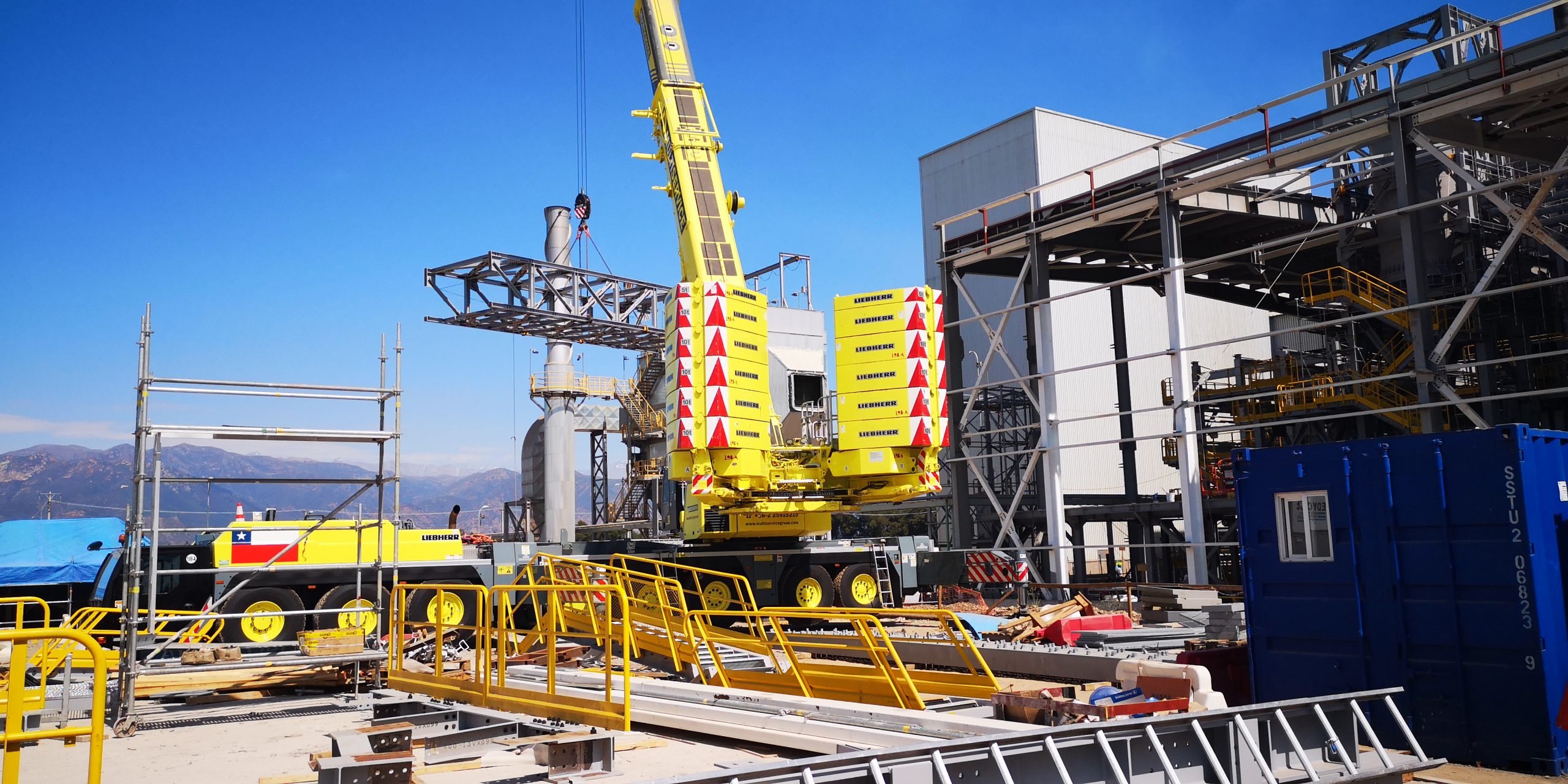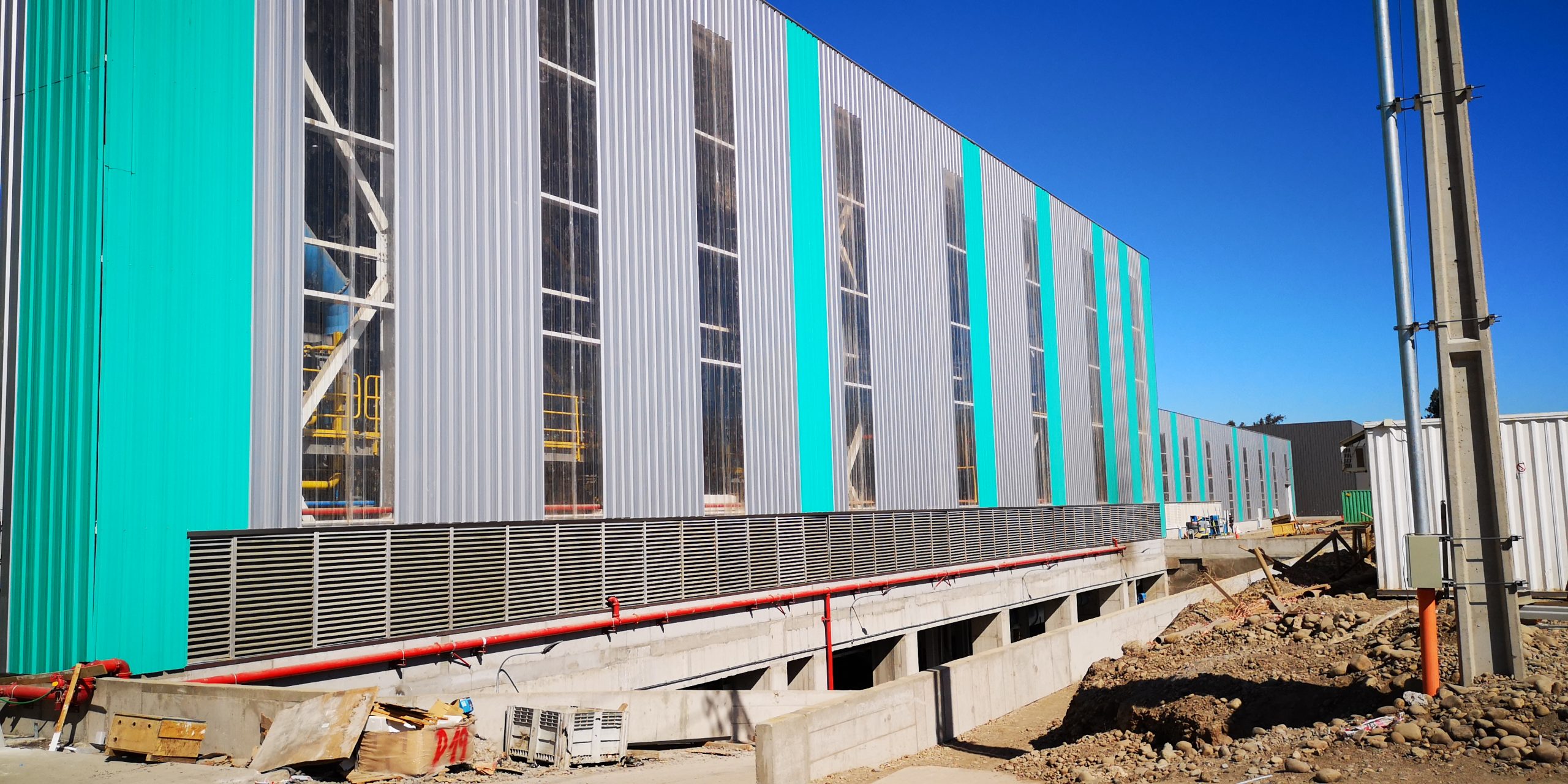Manufacturing
Verallia
Rengo, O'Higgins Region
2018-2020
Basic engineering, Capex estimation, project programming, detailed engineering in the specialties of mechanical, piping, civil, structural and electrical; architecture, BIM modeling, tender management and project administration services.
Verallia, a world leader in the sectors of glass packaging for wines, spirits and food, produces every year more than 16,000 million containers for its more than 10,000 customers worldwide. In Chile, the company produces glass bottles to serve mainly the wine industry, using the latest technology available in the manufacture of glass containers in its modern plant located in Rengo.
In order to maintain this leadership, Verallia decided to modernize its factory, which was enabled to produce 240 tons of molten glass per day through the operation of a melting furnace and 2 production lines with 120 tons / day of processing capacity each.
The constructed area of the factory was 4.7 ha, due to the fact that in recent years a liquefied natural gas (LNG) tank was implemented that occupies an area of 525 m2, a treatment plant of “cullet” or calcín (glass from recycling) that occupies an area of approximately 591 m2.
The project carried out by Pares&Alvarez consisted in increasing the production capacity of the factory to total 405 ton/day of molten glass, for which it was considered the replacement of the current furnace, because it fulfilled its useful life, by a new one that allowed to integrate the larger amount of molten glass, and the incorporation of a new production line of 165 ton/day.
To carry out this work, the building where the production is executed was expanded, which also houses the new fusion furnace and the new production line, plus an electrical room to supply the energy demand of the new facilities. In addition, the EPCM development, due to the increase in processing capacity at the factory, consisted in the expansion and modification of some of the existing facilities, such as the finished product warehouse, truck loading yard, cullet depots, process water plant, LNG storage area and parking lots.
An important point of note is that while the project was developed, the production process never stopped, consequently, once the new furnace was implemented, the operation of the old furnace was deactivated. Achieving the above, requires a great planning and coordination of the entire team of specialists from the conception of the project to carry out the designs and define the construction sequence without altering the normal operation of the plant or risking the safety of the workers.
